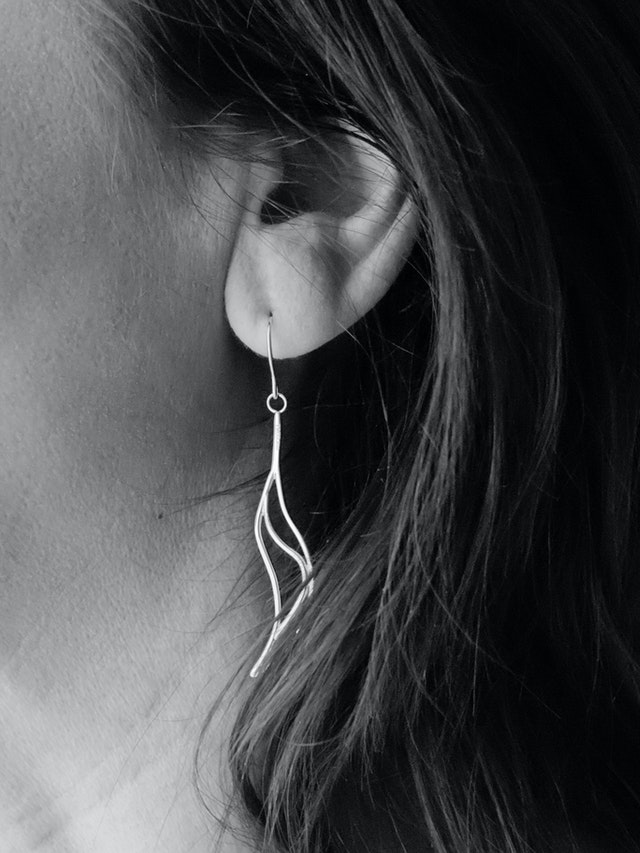Types and styles of body modifications go in and out of style. Over the past decade, there has been an increase in earlobe stretching. And with that increase, plastic surgeons have seen a rise in earlobe reconstructive surgery to reverse the modification.
What Is Earlobe Stretching?

The process of stretching your earlobe is fairly simple. The goal is to create a hole in the earlobe larger than a typical pierced hole. This is done by inserting larger pieces of jewelry slowly over time until the desired hole size is achieved.
Stretching your earlobe correctly takes patience. It is important to take your time between stretches. According to John Joyce, a piercing artist in Syracuse, New York, “Rushing can lead to scar tissue build up, blow-outs, thinning ears, torn ears, etc. And I really can’t stress enough how important it is to keep in mind that this should be considered a permanent change — don’t count on them closing on their own.”
When Is Earlobe Reconstruction Needed?
It is common to change your aesthetic preferences as you age. While you may have enjoyed your gauged or stretched ears in the past, there could come a time when you are no longer interested in the elasticized look.
A history of wearing heavy earrings can also cause a larger than normal hole to develop in the ear.
Plastic surgeons can help you fix your earlobe through a procedure known as earlobe reconstruction.
What Is Involved in Earlobe Reconstruction?
The earlobe reconstruction procedure takes anywhere from 15 to 60 minutes and is performed under local anesthesia.
The plastic surgeon will start by surgically removing the inner lining of the elongated earlobe hole and putting the edges back together with stiches. How the doctor chooses to stich the earlobe will determine the length of the earlobe.
Dr. Sandra Lee, a dermatologist based in Los Angeles describes the process. “Essentially, for you to ‘close a hole,’ you have to refresh the edges of skin so that they stick back together again,” she explains. “If the earlobe has been significantly stretched, the surgeon has to be a little creative in order to devise a way to stick the cut edges back together, so that it looks like a normal earlobe.”
Your doctor is able to remove the stiches from your earlobe a week following the procedure. It is normal for the earlobe to appear bumpy and red; it may even seem slightly bruised.
Earlobe reconstruction is relatively pain-free. While the earlobe may be a little sore, most patients don’t require pain medication.
To learn more about the benefits of earlobe reconstruction or to schedule an appointment with a plastic surgeon, contact the experts at ENT of Athens.